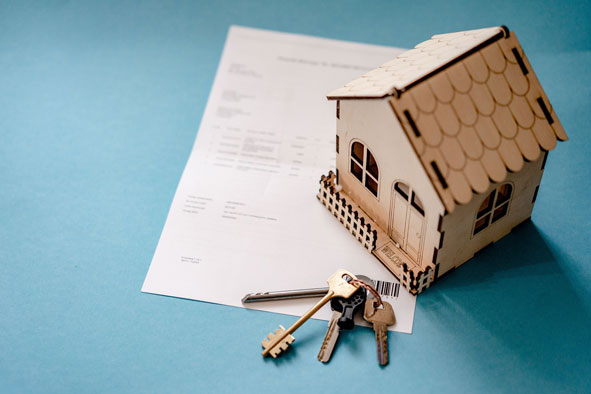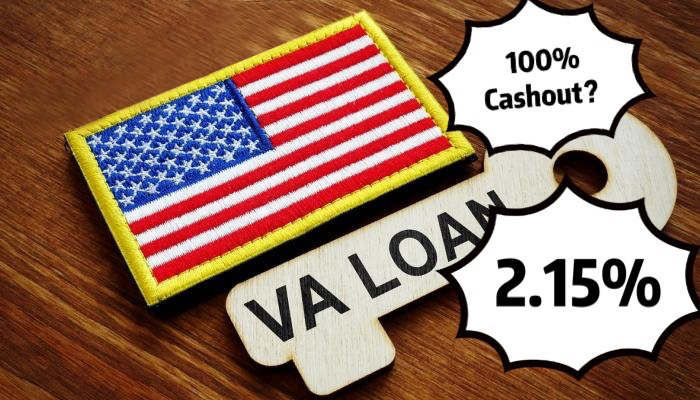How do I pick a mortgage in the US?

Whether you are buying a new home or an old Refinance home, Mortgage is a topic that cannot be avoided. The goal is really simple: to get the most favorable mortgage terms for you. In life, this selection process doesn’t take long (a few days), but the final outcome can easily vary by thousands or even tens of thousands of dollars, and can have a profound impact on a family’s long-term financial situation.
So I’d like to use this article to throw some light on what the average person can expect when choosing a mortgage.
Mortgage-related terms
Those who are relatively familiar with Mortgage operations can skip this paragraph.
Mortgage Term: Simply put, how many years you intend to pay off the loan and how the interest rate changes during that period. Common choices are 30-year fixed, 15-year fixed, 30-year 10/1ARM, 30-year 7/1ARM, etc. If you don’t know the difference between these, you can google it.
Mortgage Rate: loan interest
Down payment: down payment
Loan amount: Loan amount, also known as Principle. Note that this is not the total price of the house, the loan amount is the part of the money you borrow from the Lender, which is the total price of the house minus the down payment.
LTV: Loan-to-value ratio. If a person says his Mortgage LTV is 60%, then that means 60% of his payment for the house is from the loan, and the remaining 40% is from his own payment.
Closing Cost: The sum of all the costs involved in getting a loan.
Discount points: A way to lower the Mortgage Rate by paying a cash fee in advance. In today’s relatively low rate, relatively less used.
Special programs: Lender’s respective promotions, for example, Wells Fargo has a Relationship discount of 0.125% for every 250k transferred.
Know yourself and your enemy, you will never lose a battle
As Sun Tzu’s Art of War says, “If you know yourself and your enemy, you will never lose a hundred battles”. This is also true in the case of Mortgage selection.
for yourself: on the one hand, you should know the Mortgage Term that suits you, on the other hand, you should have a general estimate of the Mortgage Rate you can get. The basis for this is to negotiate efficiently with the Lender.
For Mortgage Lender: Collect a number of reliable Lender contacts through various channels, either from various commercial banks (Chase, Citi, Boa, Wells Fargo, etc.), local credit union, or Mortgage Broker. There are no obvious advantages or disadvantages between lenders, so you can contact more than one before choosing. Don’t be embarrassed to contact more than one lender, you have to understand that their biggest weakness is that they don’t want to lose your business. Once you have multiple options, you can use this weakness to bargain for the best possible outcome. On the flip side, if you only contact one Lender, then you simply don’t have a Mortgage Term to bargain with!
The most common options for Mortgage Term are 30-year fixed, 15-year fixed, 30-year 10/1ARM, 30-year 7/1ARM, etc. The longer the interest rate value is fixed, the higher the risk of the Mortgage, so the Mortgage Rate tends to be correspondingly higher, so the sort of rate is often: 30yr 7/1 ARM <= 30yr 10/1 ARM <= 30yr fixed.
How to choose can be very complicated, involving future changes in interest rates, property value forecasts, property holding time and other factors. As an ordinary citizen, I won’t try to predict the future changes in interest rates and property values. So my consideration would be more on the holding time of the property.
Let’s take the example of my friend A. He only plans to hold his newly purchased house for 5-7 years, after which his children will start elementary school and he plans to sell it for a better school district. Then he wants to pay off as much of the principal Principle as possible between the time he buys the house and the next time he sells it, so that he gets as much money in hand after selling the house. Then a 30 year 7/1 ARM might just make more sense for him compared to a 30 year fixed.
chips.














